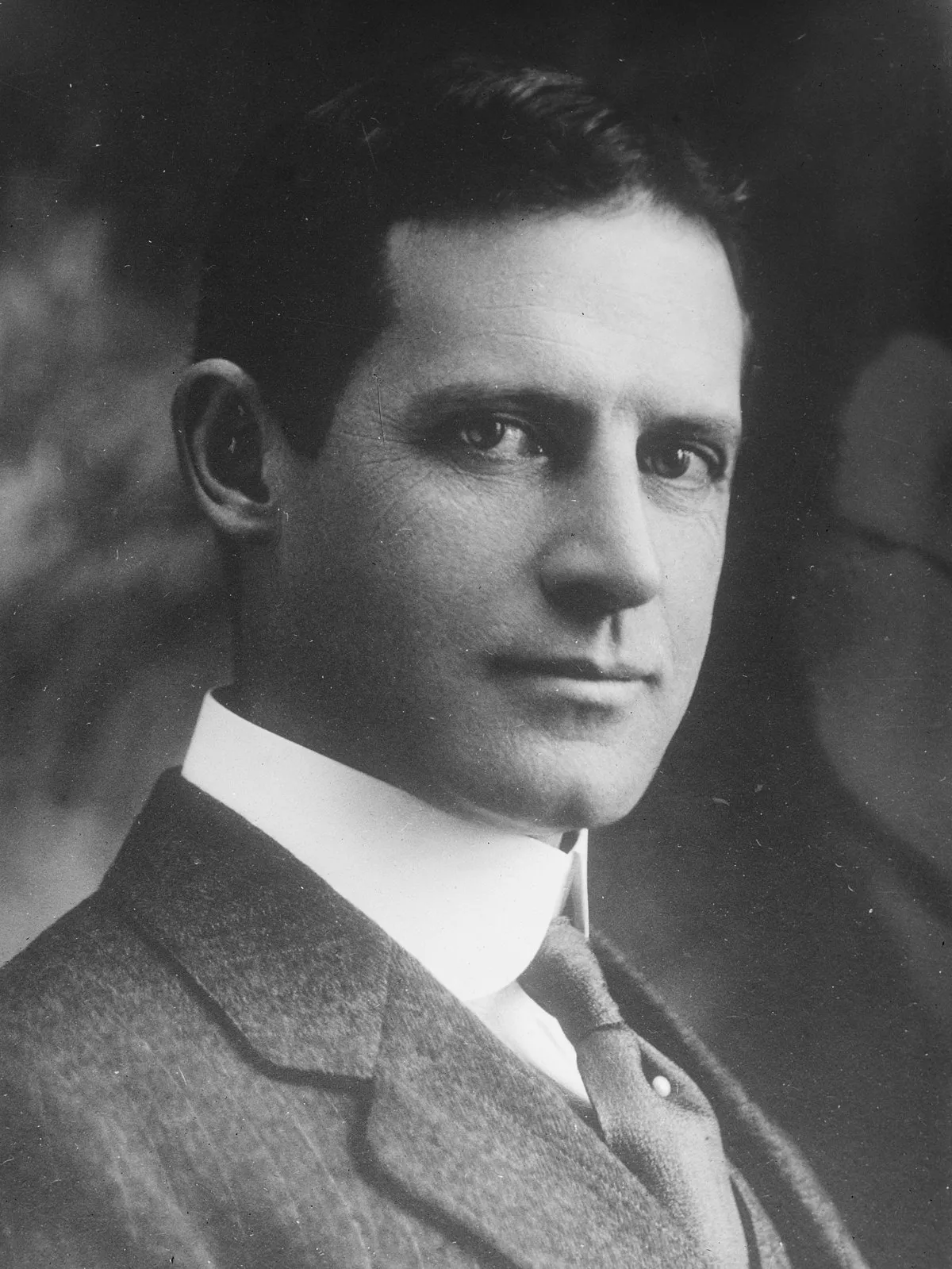 1.
1. Raynal Cawthorne Bolling was the first high-ranking officer of the United States Army to be killed in combat in World War I A corporate lawyer by vocation, he became an early Army aviator and the organizer of both of the first units in what ultimately became the Air National Guard and the Air Force Reserve Command.